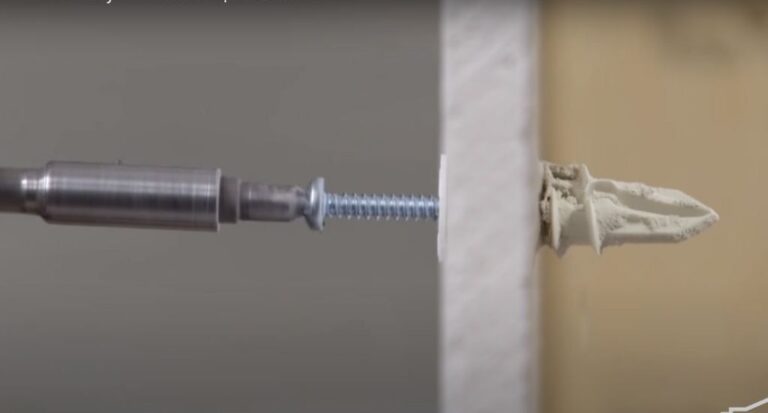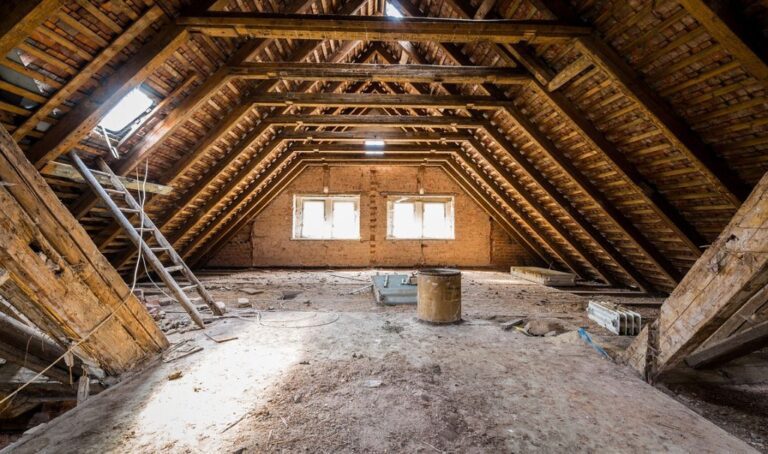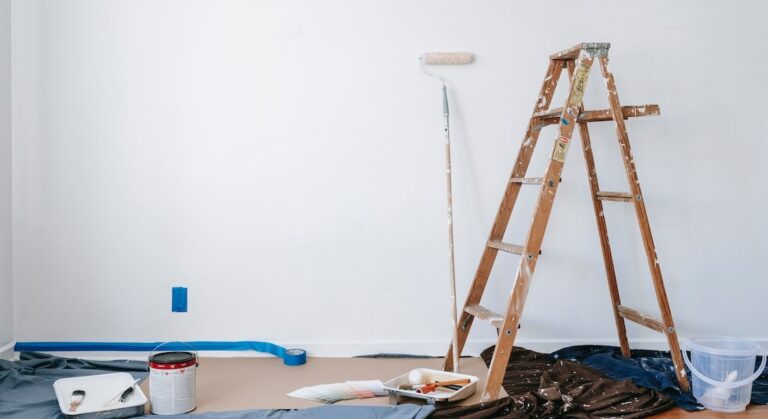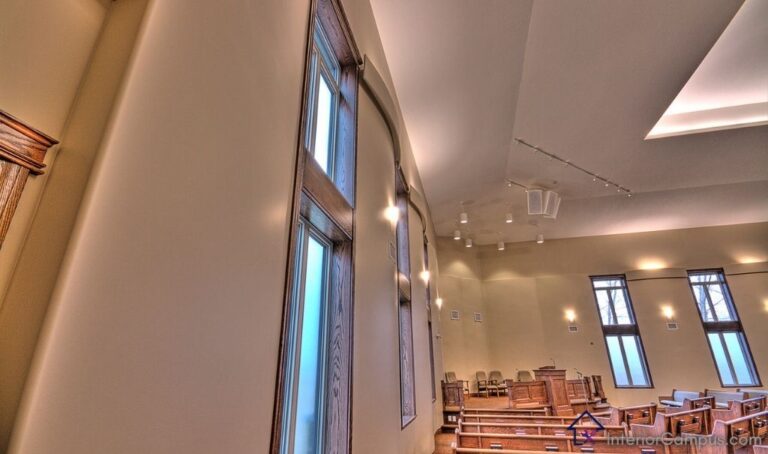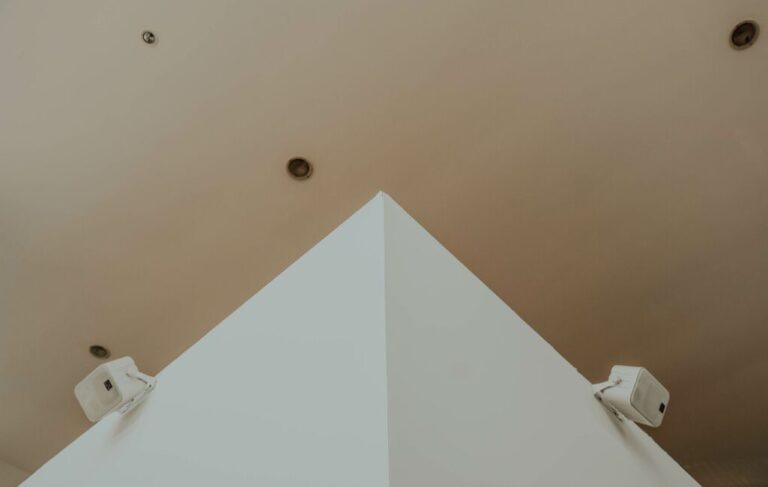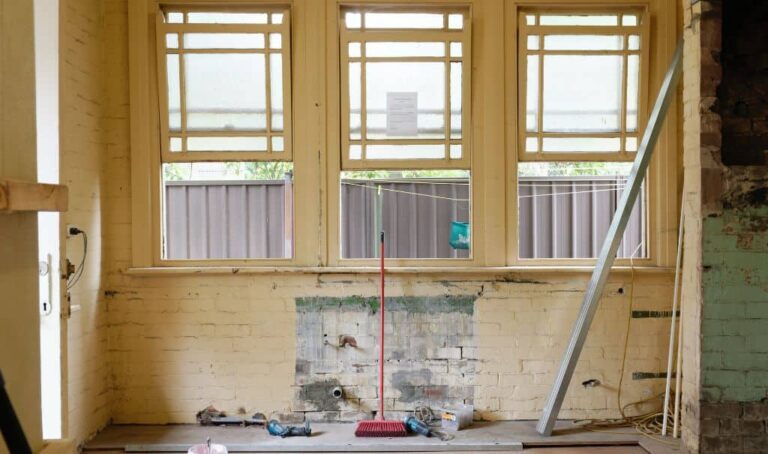Do Drywall Anchors Damage Walls?
If you’re embarking on a wall mounting project, chances are you’ve pondered this burning question: Do drywall anchors damage walls? Join me on this informative journey as we uncover the truth behind this common concern and equip you with the knowledge you need to make the right decisions for your home.
Drywall anchors, when used correctly, typically do not cause significant damage to walls. Factors such as wall type, anchor quality, and weight distribution play a crucial role. Delicate walls require extra caution, and using high-quality anchors while following installation guidelines reduces the risk of damage.
In this article, my purpose is simple yet crucial—to address the doubts and fears surrounding the use of drywall anchors. By understanding their benefits and potential impact on your precious walls, you’ll gain the confidence to pursue your DIY aspirations without compromising structural integrity or aesthetics.
Let’s delve deeper into the purpose of this article. My aim is to shed light on the intricacies of drywall anchors, their role in wall mounting, and the crucial question of whether they cause damage. We’ll explore this topic from various angles, offering insights that empower you to take charge of your home improvement projects.
I have written an article on wall anchors in wood paneling, you can read it for better work. Do Drywall Anchors Work in Wood Paneling
Benefits of using Drywall Anchors for Wall Mounting
When it comes to wall mounting, drywall anchors emerge as indispensable allies. These versatile tools offer a multitude of benefits that make them a go-to solution for homeowners and DIY enthusiasts alike.
Let’s explore the advantages they bring to the table and how they can elevate your wall-mounting projects.
1 Stability and Support
Drywall anchors act as a reliable support system, ensuring your mounted items stay securely in place. Whether you’re hanging shelves to display your favorite decor pieces or mounting a TV bracket for the ultimate entertainment setup, these anchors provide the stability needed to handle the weight and keep everything intact.
2 Durability and Longevity
By distributing the weight of mounted items evenly across the wall surface, drywall anchors help prevent strain on specific areas. This balanced load distribution reduces the risk of damage and prolongs the longevity of your wall mountings. With the right anchors and proper installation techniques, you can enjoy durable and long-lasting results.
3 Versatility in Wall Materials
Drywall anchors are designed to accommodate various wall materials, including drywall, plaster, and concrete. This versatility allows you to tackle wall mounting projects in different areas of your home without worrying about compatibility. Whether you’re working with standard drywall or more challenging surfaces, these anchors have got you covered.
4 Ease of Installation
One of the notable advantages of drywall anchors is their ease of installation. With a few simple steps, you can securely anchor your items to the wall. This user-friendly process saves you time and effort, enabling you to complete your projects efficiently. But What I suggest is, it’s important to follow proper installation techniques to ensure optimal results and minimize the risk of damage.
5 Adaptability for Different Applications
From artwork and mirrors to cabinets and towel racks, drywall anchors accommodate a wide range of applications. Their adaptability allows you to unleash your creativity and personalize your space with ease. Whether you’re revamping your living room or organizing your bathroom, these anchors provide the flexibility you need to bring your vision to life.
By harnessing the stability, durability, versatility, and user-friendly nature of drywall anchors, you can elevate your wall mounting projects to new heights. These valuable benefits make them an essential tool in your DIY arsenal, ensuring your mounted items stay secure while adding a touch of style to your home.
Do Drywall Anchors Damage Walls?
When used correctly, drywall anchors generally do not cause significant damage to walls. However, it’s important to consider several factors that can influence the outcome.
First and foremost, the type and condition of your wall play a vital role. Drywall anchors are primarily designed for use on standard drywall, plaster, or concrete walls. These materials can handle the stress exerted by the anchors and the mounted items without sustaining noticeable damage.
However, if you have delicate or fragile walls, such as those made of thin plaster or older materials, extra caution is advised. In such cases, it’s advisable to consult with a professional or explore alternative mounting methods to avoid potential damage.
Another crucial factor is the quality and installation technique of the drywall anchors themselves. Using high-quality anchors and following proper installation guidelines significantly reduces the risk of damage.
Incorrect installation, such as over-tightening the screws or using anchors with insufficient weight capacity, can lead to wall damage over time.
Lastly, it’s essential to consider the weight capacity and load distribution of the anchors. Overloading an anchor or placing excessive weight on a single point can strain the wall and potentially cause damage.
By selecting the appropriate anchors based on your mounting needs and ensuring proper weight distribution, you can mitigate any potential risks.
Factors Affecting Potential Damage
When it comes to assessing the potential for damage caused by drywall anchors, several key factors come into play. Understanding these factors will help you make informed decisions and minimize any risks. Let’s explore them in detail:
1 Wall Material and Condition
The type of wall material you’re working with, as well as its condition, can significantly impact the potential for damage. Standard drywall, plaster, and concrete walls are generally robust enough to withstand the use of drywall anchors without major issues.
However, if you have delicate or older walls, such as thin plaster or historic materials, extra care is required. These walls may be more susceptible to damage from anchor installation.
If in doubt, consult with a professional or consider alternative mounting methods to ensure the integrity of your walls.
2 Quality and Installation Techniques of Drywall Anchors
The quality of the drywall anchors and the precision of their installation are crucial factors. Opting for high-quality anchors from reputable brands will provide added peace of mind.
Additionally, follow the manufacturer’s instructions carefully during installation. Over-tightening screws, using anchors with insufficient weight capacity, or failing to secure the anchors properly can lead to damage over time.
By adhering to proper installation techniques, you can minimize the risk of damage and ensure a secure mount.
3 Weight Capacity and Load Distribution
Every drywall anchor has a specific weight capacity, and it’s essential to choose the right anchor for your intended use. Exceeding the weight capacity of an anchor can strain the wall and potentially lead to damage.
Consider the weight of the item you’re mounting and select anchors with an appropriate weight rating. Furthermore, distribute the weight evenly across multiple anchors if necessary. This practice helps to disperse the load and minimize stress on any particular area of the wall.
4 Wall Location and Structural Considerations
The location of the wall and its structural characteristics also influence the potential for damage. Walls near plumbing, electrical wiring, or structural elements may require additional precautions during installation to avoid interference or compromise the integrity of these components.
Moreover, if you’re mounting heavy items like large shelves or cabinets, it’s important to consider the wall’s load-bearing capacity. Consult a professional or take structural considerations into account to ensure a safe and secure installation.
By taking into account the factors mentioned above—wall material and condition, anchor quality and installation technique, weight capacity and load distribution, and wall location and structural considerations—you can make informed decisions and minimize the potential for damage when using drywall anchors.
With careful planning and attention to detail, you can confidently embark on your wall mounting projects, creating a harmonious balance between functionality and the preservation of your walls.
Precautionary Measures Before Using Drywall Anchors
Before diving into your wall mounting project, it’s essential to take some precautionary measures to ensure a smooth and damage-free experience. By following these guidelines, you’ll be well-prepared to tackle your project with confidence:
1 Choose the Right Anchors
Selecting the right drywall anchors is crucial for a secure and damage-free installation. Consider the weight and type of item you’ll be mounting and choose anchors with an appropriate weight capacity. It’s also a good idea to have a variety of anchor sizes and types on hand to accommodate different mounting needs.
2 Use Proper Tools and Techniques
Ensure you have the necessary tools for the installation, such as a drill, screwdriver, and level. Follow the manufacturer’s instructions carefully, drilling pilot holes of the appropriate size and depth. Using the correct tools and techniques will result in a proper anchor installation and minimize the risk of damage.
3 Test the Anchor and Adjust if Needed
Before mounting your item, give the anchor a gentle tug to ensure it’s securely in place. If there’s any movement or instability, adjust the anchor or consider using a different type for better stability. It’s better to address any issues before mounting your item to prevent potential damage later on.
4 Seek Professional Help When Needed
If you’re unsure about any aspect of the installation or if you’re dealing with complex wall structures, it’s always wise to seek professional assistance. A skilled handyman or contractor can provide valuable insights and ensure a safe and proper installation, minimizing any risks of damage to your walls.
Conclusion
Drywall anchors can be valuable tools for securely mounting items on your walls. While they generally do not cause significant damage when used correctly, it’s crucial to consider various factors such as wall material, anchor quality, weight capacity, and load distribution.
By taking these factors into account and following proper installation techniques, you can minimize any potential risks.
Remember to plan and prepare your project, choose the right anchors, use proper tools and techniques, and test the stability of the anchors before mounting your items. When in doubt, seek professional assistance to ensure a safe and successful installation.

